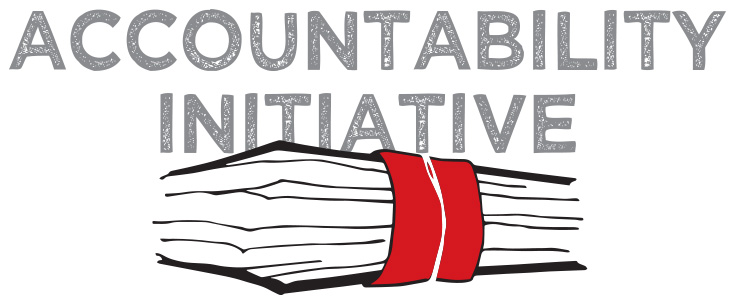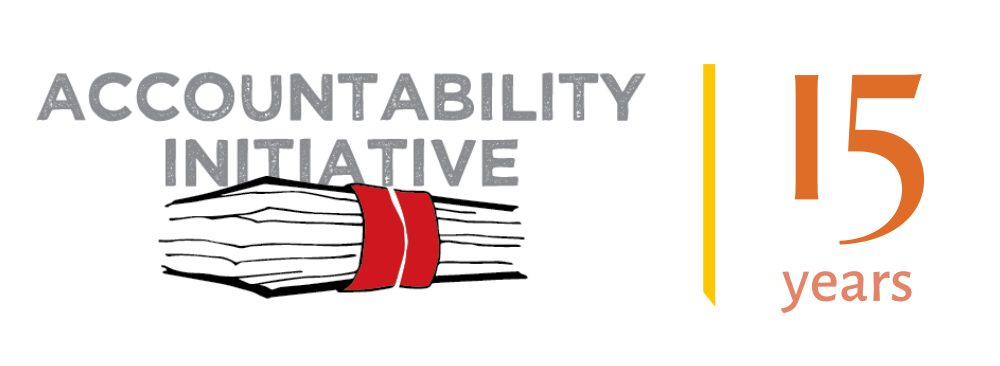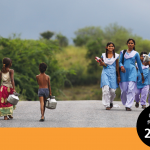
Linking outlays to outcomes in Education
8 September 2010
By 2009, India has succeeded in enrolling 95% of all children in the elementary school going age into school. This is an impressive achievement. Thanks to a decent rate of growth and political commitment to address poverty, overall expenditures on programs like Sarva Shiksha Abhiyan have been increasing. There is today a government primary school within one kilometre of almost every habitation in the country. The education cess was introduced about six years ago. People paid up willingly. Overall, this has been a good decade for elementary education in India.
Around 2004-2005, the then newly elected government made statements about the importance of linking outlays to outcomes. This was an important policy stance for India given that large outlays were being made in the social sector and that effective delivery of basic social services was a high priority for the new government. But accompanying these policy statements, there was no effort made by the government to make information available to the public to enable citizens to link outlays to outcomes. So the question is, with increases in allocation; by building schools in every habitation and by enrolling our children into schools, have we achieved the desired outcomes?
The first ASER – the Annual Status of Education Report was born in 2005 in this context. People wanted to take a look
themselves to see what the status of children’s education was – and see what the “aser” was of the outlays in elementary education. In ASER for the first time, in each rural district in the country, local groups began to visit villages and talk to
families and children. Hundreds and thousands of children were given a simple paragraph and asked to read. They were given simple arithmetic problems and asked to solve them. As a country we listened to them as they read or they tried to read. Putting together the data for all rural districts we came to the conclusion that only half of all children in Std 5 could comfortably read Std 2 level text.
The ability of children to do simple arithmetic tasks was even worse. This meant that after 5 years in school, 50 percent of children in India were at the level expected after 2 years in school. Nationally, in five years, from 2005 to 2009 this trend has not changed much. Available information including findings from ASER brings out the basic characteristics of elementary education in rural India. Enrollment is very high. Schools are available within striking distance of most habitations in the country. So outlays are translating into inputs and infrastructure. But outlays do not seem to be going all the way to generating desired outcomes. At least as far as learning outcomes are concerned, the level is inadequate and the pace unsatisfactory. Children learn slowly. For many it is too late to have a fighting chance of completing eight years of schooling in a meaningful way. In many fundamental ways, the Indian school system is in a “big stuck”.
Where we are “stuck”? Children learn many things in many places and in many ways. However, one important and
common site where children are expected to learn is in school. Regardless of language or context or location, we commonly expect that is a child goes to school, he or she will definitely learn reading and arithmetic. Teaching learning
processes can be complex and difficult to measure. But for ordinary people who are paying taxes and cess, what are features of schools and school functioning that can be easily observed and tracked?
ASER makes basic observations in schools. But these observations have a difference. We do not just count teachers, we look to see if they are coming to school. We do not simply ask if there was midday meal in school, we observe to see if the midday meal has been served in school on the day of the visit. Similarly, we note not only if there are taps, handpumps and toilets, but also see if there is water in the taps that we can drink and toilets that are being used. A quick look at schools indicates that while many inputs are there, much more needs to be done to make the inputs useable and facilities function well.
In ASER 2009, a new component PAISA was introduced to understand money. Like the other components of ASER,
the first step was at the ground level. In every sampled village in the country, a government primary school was visited. Questions were asked about how much money came to the school, when did it come and how was it spent. Interestingly, many teachers in schools did not know how much is to come and what they can do with it. The PAISA component of ASER is the first time a national attempt has been made to understand fund flows at the ground level.
ASER is a beginning. There are many challenges that lie ahead. The big question is: why are we in this “big stuck” and how can we get out it? To do this we need to understand the pathways by which allocations translate to action. We have to be able to track goals and their links to plans, decision making, allocations, expenditures to processes and outcomes. Each district in the country makes an annual work plan for elementary education. How do these plans define and articulate outcomes to be achieved? How much money is allocated to what? How does it flow and how is it spent? Does the level, type and pace of expenditure link with changes in outcomes? Not only are these questions important, but it is also essential to develop simple metrics and methods for measurement that can be used widely. We are hopeful that with each year, this citizens effort – ASER and PAISA – will go further and further in figuring out how to translate outlays to outcomes and how to bring our children to school and enable them to learn well.
Rukmini Banerji is Director, ASER Centre & Director, North India Programs, Pratham. The PAISA project is a collaboration between the Accountability Initiative, ASER Centre and National Institute for Public Finance Policy.





